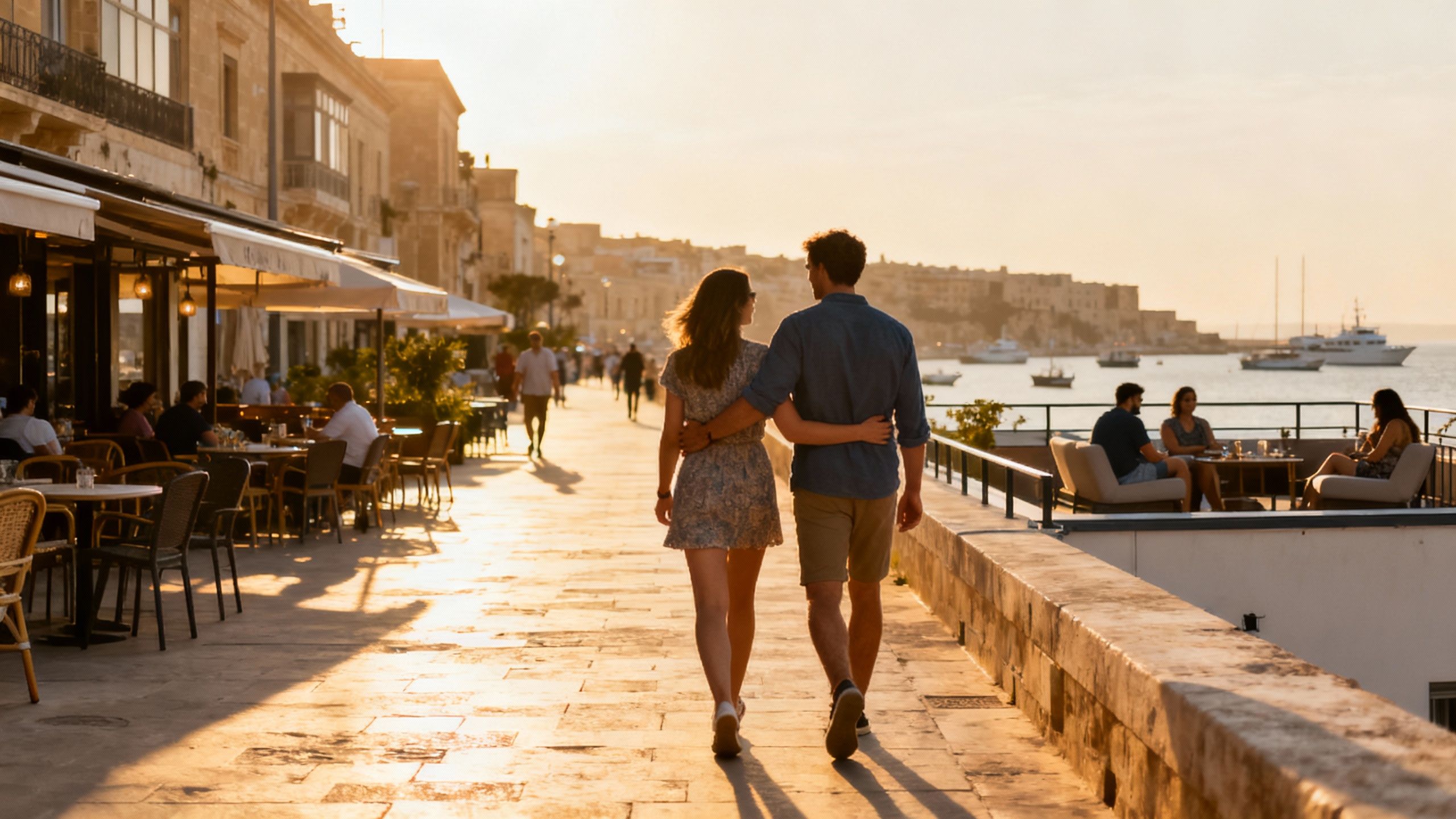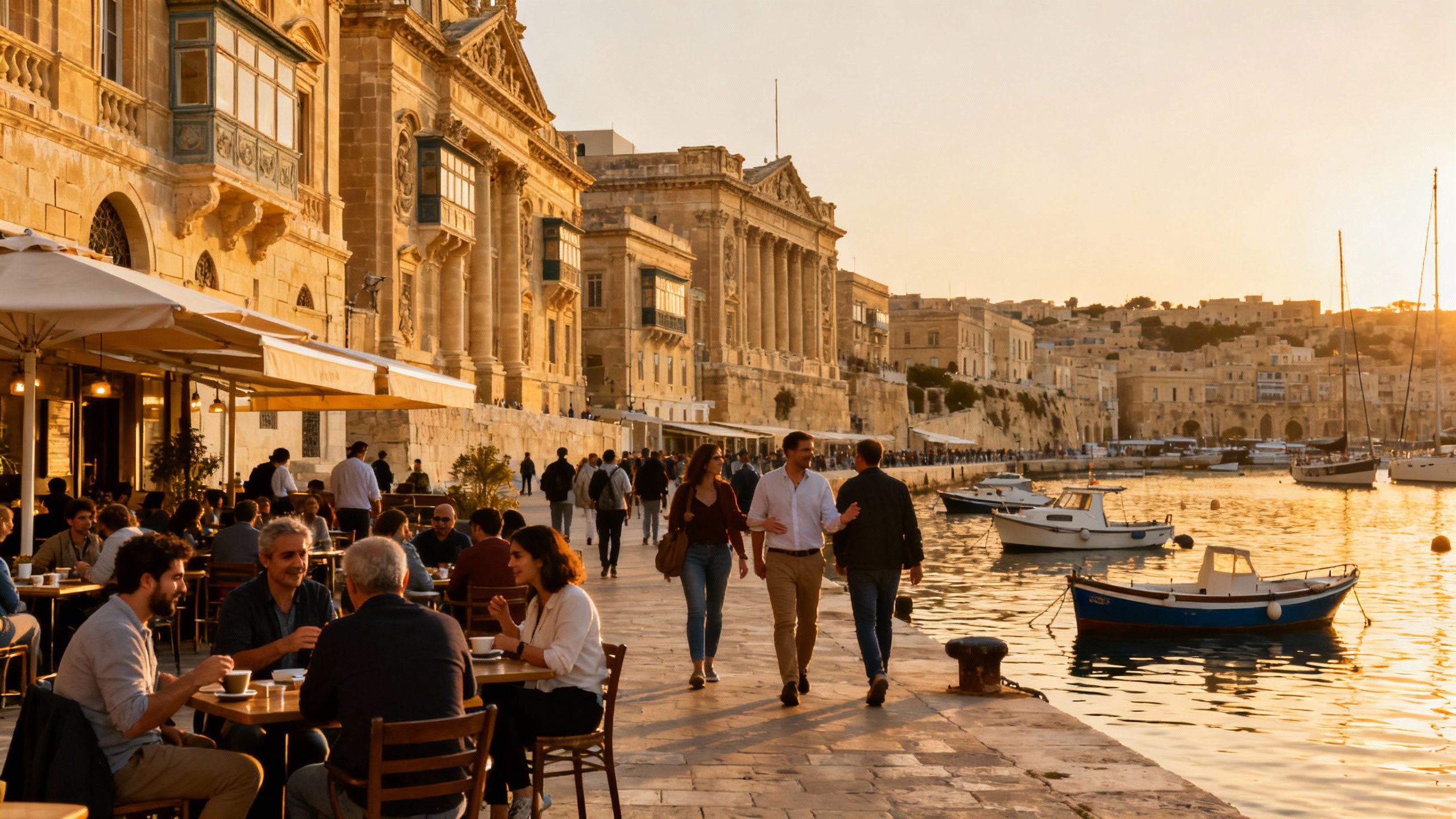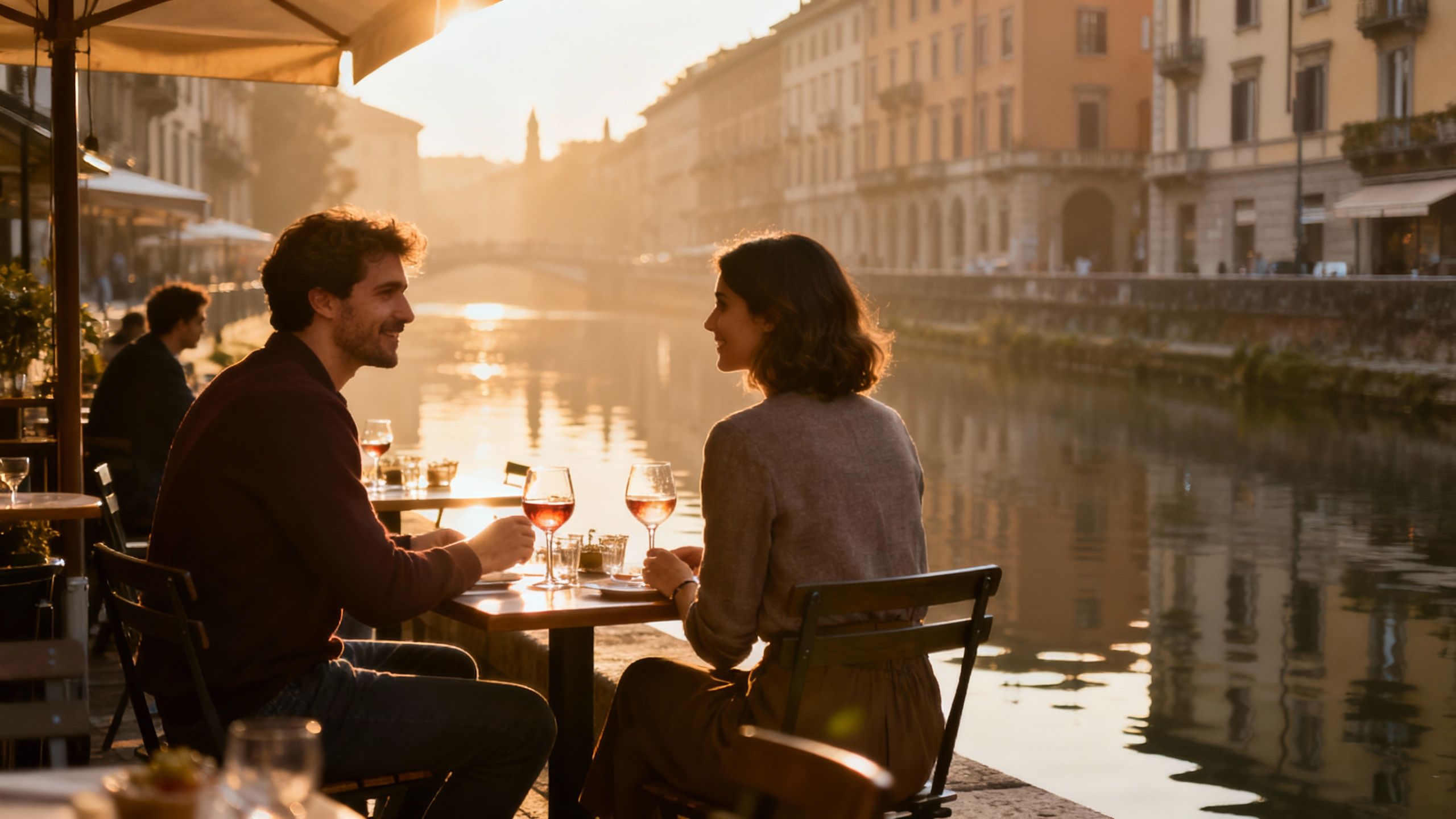Why France’s “expensive” story misses hidden value
France’s market has resumed modest growth in 2025; savvy buyers pair sensory neighbourhood choices with micro-level data and local experts to find overlooked value.
Imagine arriving on a spring morning to the rue Montorgueil in Paris, espresso steaming, boulangeries stacking warm croissants under their awnings; an hour later you are in a Provençal market where lavender and heirloom tomatoes scent the air. France is a country of layered daily rituals — cafés that open at dawn, marchés that shape the weekend, and small rituals around food, wine and light. Those rhythms influence not only how you will live but where a property will actually feel like home. Recent market analysis shows the French market is no longer monolithic: pockets of rapid recovery coexist with quieter corners still offering margin for buyers.
Living the French life — more precise than romantic

To fall in love with France is usually effortless; to live there well requires specificity. The image of a single French life obscures three very different daily experiences: the urban cadence of Parisian arrondissements, the coastal hum of the Côte d’Azur and the seasonal, agricultural tempo of rural Nouvelle-Aquitaine and Provence. Each tempo maps to distinct property types, neighbourhood economies and social networks. The following vignettes explain how streets, markets and cafés translate into tangible residential choices.
Paris: courtyard calm behind a chaotic façade
A morning in the 7th differs from one in the 11th; what binds them is an expectation of staged public life and private repose. Paris is best read street-by-street: a Haussmannian corner on Avenue de Breteuil, a converted workshop on Rue Oberkampf, a quiet courtyard in the 16th. Prices and quality of life vary accordingly; some less heralded arrondissements have unexpectedly steady demand because they combine transport, good schools and quieter domestic scale. Local notaires report a return to modest price growth in 2025 in several Paris sub-markets even as others lag, which creates selective opportunities for buyers who prioritise micro-location over headline averages.
Coastlines and rivieras: brightness that changes the calendar
The Mediterranean and Atlantic coasts are not a single proposition: the Côte d’Azur favours compact, high-demand villas and pied-à-terres while Brittany and the Landes offer more land, lower entry points and an all‑season life. The Riviera’s market is highly seasonal and publicity-driven; inland Provençal villages, by contrast, reveal enduring value in stone houses with terraces and wells. For buyers seeking day-to-day community rather than a summer trophy, small fishing ports and market towns often outperform glamour in long-run livability.
- Streets and scenes worth noting: Marché des Enfants Rouges (Paris), Place des Lices (Saint-Tropez mornings), Cours Mirabeau (Aix-en-Provence), Rue Mouffetard (Latin quarter), Port de Sète (authentic fishing harbour).
Making the move: how lifestyle choices should shape practical steps

Your ideal neighbourhood is a function of daily practice: morning markets, school runs, commute length and the feel of an evening square. Practically, that means narrowing a search by what you will do from Monday to Saturday rather than by broad region. Recent INSEE and notaire summaries show national prices began rising again in early 2025, but the movement is uneven. Use those national trends as context, then refine by neighbourhood metrics — local transaction volumes, supply of period properties, and proximity to the specific lifestyle anchors you value.
Property styles and how they support life
Choose a property for the life you intend to lead. A limestone maison de maître in Dordogne offers solitude, cellars and land for a vegetable garden; a bourgeois apartment in Lyon gives light, staircases and neighbourhood cafés. In Paris, look for courtyard-facing windows and well-insulated façades to tame the city’s sounds. Along the coast, prioritise sea-facing orientation and durable materials to resist salt corrosion. Each typology implies different maintenance regimes and capital expenditure — factored into your offer and reserve funds.
Local experts as lifestyle translators
A good local agent does more than list properties — they read municipal plans, know which cafés are full in winter and which neighbourhood committees oppose extensions. International buyers benefit most from agencies that can triangulate lived experience with market data and legal experts. Use agencies that can show recent comparable sales, local service providers (restorers, conservateurs for historic properties) and explain seasonal rental dynamics if income is part of your plan. Savills and other market reports can provide macro context; your agent supplies the micro‑narrative you will inhabit.
- Steps that blend lifestyle and process: 1. Define daily anchors (school, market, transport) and map a 20-minute radius for each. 2. Commission a local agent to produce a ‘street report’ on three shortlists, with photos at different times of day. 3. Inspect for climate resilience (insulation, damp, roof age) and ask for past heating/electric bills. 4. Obtain recent comparable sales and a notaire’s preliminary statement of likely transfer costs. 5. Reserve budget for immediate works that make the home liveable (kitchen, shutters, heating).
Insider knowledge: the small observations that change decisions
Expat experience is rarely about grand mistakes and more often about small mismatches: choosing a sun-facing terrace without considering August humidity; buying near a weekend market that closes in winter; underestimating parish-level rules for façades and extensions. Le Monde and market commentators noted a modest national rebound in 2025, but the rebound accentuates micro-differences. The buyers who thrive are those who translate sensory impressions into measurable trade-offs: sunlight versus humidity, proximity to patients versus proximity to a good marché, seasonal occupancy versus year-round life.
Cultural cues that affect neighbourhood choice
Language matters in daily life: a friendly boulanger may become a neighbour and a conduit to local services. In many provincial towns the mairie is the civic hub; build a rapport there early. French social life often revolves around food and ritual — markets on Saturday, aperitif on Friday — so proximity to the right square and café will determine how quickly you integrate. For families, school catchments and the presence of international or bilingual schools are decisive; for creatives, ateliers and artists’ associations shape both community and investment appeal.
Longer-term thinking: stewardship and provenance
France rewards patience and care. Buildings with clear provenance, original joinery, exposed beams and legible repair histories usually preserve value best. If you buy a historic cottage or a town hôtel particulier, plan for heritage-conscious maintenance and seek craftsmen familiar with local materials. Stewardship elevates a purchase from commodity to legacy: thoughtful restoration and discreet modernisation will keep a property desirable to future buyers and sympathetic to its setting.
- Red flags and practical checks: • Incomplete notary files or missing permis de construire for extensions. • Persistent damp or visible hairline cracks near terrace doors. • Erratic heating bills indicating poor insulation or faulty systems. • Unusually low local transaction volume — a sign of illiquidity. • Local planning restrictions that forbid simple adaptations you expect.
After the imagining — take three practical steps. First, ask your agent for time-stamped street photos and a seasonal calendar of the neighbourhood. Second, secure a notaire who works with cross-border buyers and can explain provisional transfer costs. Third, budget for immediate works that convert the property into the life you want: shutters for sun control, a modest kitchen update for daily pleasure, and professional hygrometry where humidity is a concern. These small investments shape day-to-day delight more than headline square-metre figures.
France will always inspire. But the most successful international buyers are those who pair that inspiration with discipline: they map daily rituals to streets and market data, they choose properties for lived quality rather than social proof, and they hire local experts who can translate cultural nuance into legal and technical clarity. If you seek a home that lasts, begin where life happens — the café, the market, the square — and then let pragmatic due diligence shape the purchase.
Former Copenhagen architect who relocated to Provence, offering relocation services, market analysis, and a curator’s eye for authentic regional design.


